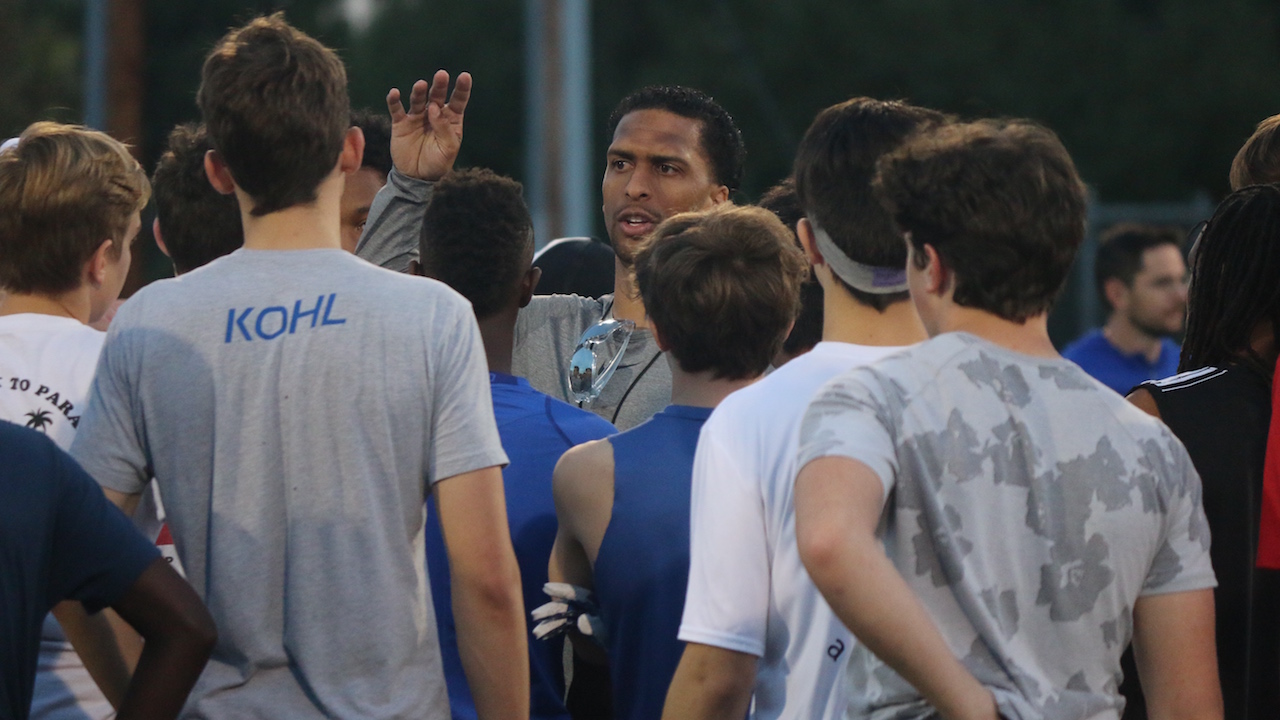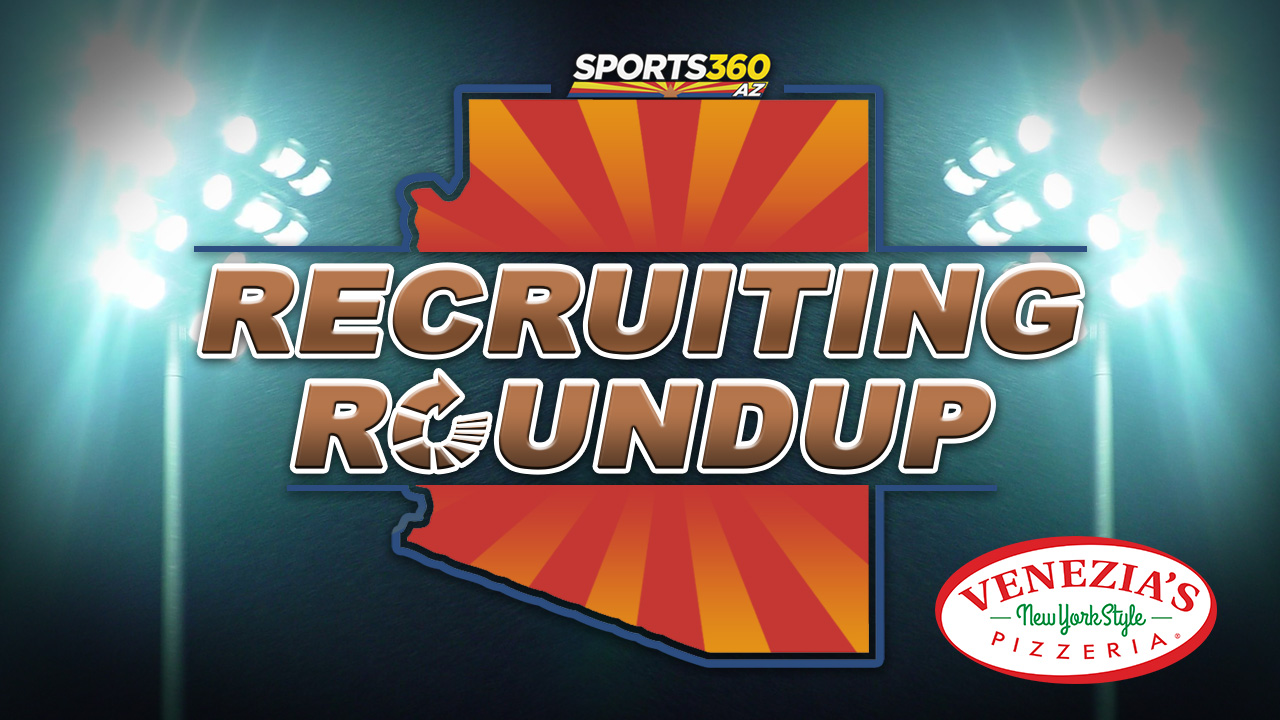The Hotline mailbag publishes weekly. Send questions to wilnerhotline@bayareanewsgroup.com and include ‘mailbag’ in the subject line. Or hit me on the social media platform X: @WilnerHotline
Some questions have been edited for clarity and brevity.
When the new Big Ten media contract kicks in, the four West Coast schools will get full shares. What happens to the second-tier schools like Rutgers, Maryland, etc.? Do all schools get full shares? Or will some get more than others? — @jimmy0726
There are several layers to this topic, and to avoid any confusion let’s start with the timing.
The Big Ten’s current media rights deal with Fox, CBS and NBC expires in the summer of 2030, which means negotiations for a new contract will commence in late 2028 or early 2029. That’s only four years away.
And because membership is a key piece of any media rights deal, the conference will probably begin discussing whether to expand again during the 2028 calendar year. Which is only three years away.
Also, we should be clear on the current terms for the West Coast school: USC and UCLA are full-share members; Washington and Oregon are not. They receive half shares of the media rights revenue through the duration of this contract cycle.
(The Huskies and Ducks receive full shares of conference revenue related to the NCAA Tournament and College Football Playoff, with the latter scheduled to increase substantially in the 2026 season.)
The assumption among fans and media members since UW and Oregon agreed to join the Big Ten on Aug. 4, 2023 is that they would rise to full-share status for the conference’s next media contract cycle, in the summer of 2030.
The Hotline views that as unlikely. And the same goes for USC and UCLA, frankly.
The era of equal-share revenue distribution is coming to a close. We have already seen the ACC make plans to use a portion of its media rights cash to create a “brand” fund, which ESPN described as revenue “distributed to schools that annually generate the most revenue for the conference.”
The days of Ohio State, Michigan and Penn State sharing the Big Ten’s media rights cash equally are coming to a close, folks. We fully expect the conference to adopt a brand-based model for the next media deal.
Let’s assume that Ohio State is a full-share member and Purdue, as an example, receives the smallest share. Where would the West Coast school fit?
It depends on the formula used to establish share size.
Our strong suspicion is the Big Ten’s model will combine success on the field (and court) with TV viewership over a certain period of time. It could be the next five years. Or perhaps it’s a 10-year window that spans the decade. Either way, performance in key metrics will be the foundation for determining media rights payouts.
Which means this: The West Coast schools need to win.
They need to win and draw eyeballs and contribute to the enhancement of Big Ten football, because an unequal-share distribution model can be a virtuous circle … or a death spiral.
Larger shares mean greater resources for talent acquisition (players and coaches), which increases the likelihood of continued success. Smaller shares result in fewer resources, which makes winning more difficult and brand elevation more challenging.
For all we know, the Big Ten could establish two revenue tiers, with promotion and relegation from one year to the next based on success metrics.
The same situation is likely to unfold in the SEC when the conference signs its next media deal in the mid-2030s (unless a super league forms instead). Texas and Alabama simply won’t tolerate sharing revenue equally with Mississippi State and Arkansas.
The details will be worked out over the course of time. But we’d be surprised if this issue isn’t already being discussed in certain corners of the Big Ten’s massive footprint and shocked if the unequal-share model isn’t in place for the next rights cycle.
All of which puts immense pressure on the West Coast schools.
We’re confident Oregon and USC will make the necessary commitments to creating the best chance for success. Our faith in UCLA and Washington isn’t quite as strong.
But none of them should assume full shares are coming their way in the 2030s.
Why was there so much talk and speculation about the ACC imploding when ESPN was expected to exercise its option to extend the media-rights agreement all along? — @CelestialMosh
Because the two issues were interconnected.
The likelihood of ESPN exercising its option for the final nine years of the ACC contract depended on membership stability — on the direction of the lawsuits filed by Clemson and Florida State.
The renegades were attempting to void the ACC’s grant-of-rights agreement, which would clear them to join the SEC or Big Ten.
But their escape attempts have stalled, for three reasons:
— The slow churn of the legal process.
— The lack of interested suitors. (This was easy to predict. The SEC and Big Ten won’t show interest in the ACC schools until they are available, for fear of lawsuits.)
— The willingness on the ACC’s part to reward its top football schools with the aforementioned “brand” fund, which should help the Tigers and Seminoles narrow the resource gap with the SEC.
ESPN always wanted to exercise the option until 2036 because the current deal is favorable for the network and will only get better with the passage of time. (It offers cost certainty at a below-market rate.) But some assurance of stability was required.
In recent months, the ACC has made significant progress to that end.
Why do you hate the Mountain West? At one point, you said the remaining schools should join Conference USA or drop to the Football Championship Subdivision because they have no media value. I never hear you talk down about Conference USA, Sun Belt or the MAC. — @NateJones2009
There is no hate for the Mountain West. The Hotline simply calls ’em like we see ’em, and we don’t see much media value in the reconstituted Mountain West.
In fact, we are not entirely convinced the conference will survive beyond 2026 because of the lawsuits (one filed by the Pac-12; the other by Utah State and Colorado State) that target the poaching penalty and exit fees.
We have no idea how the legal process will play out. But if it goes poorly for the Mountain West — and there’s clearly a non-zero chance of it going poorly — then the financial commitments holding the conference together could collapse.
The additions of UTEP and Northern Illinois do little, if anything, for Mountain West’s valuation. They might even be dilutive, depending on the terms of the membership contracts.
Also, it’s realignment. For conferences that lose key football brands, survival isn’t assured until media rights agreements are signed. That was the case with the Pac-12 (pre-implosion), and it’s the case with the Mountain West now.
(As for your observation that the Hotline doesn’t “talk down” about Conference USA, the Sun Belt or the MAC, there’s an easy answer: We simply don’t write about those conferences, good or bad.)
Bottom line: We’re rooting for the Mountain West to survive at a general level because it’s important for college sports in the western third of the country and at a specific level because of the thousands of employment and competitive opportunities the schools provide.
But until the conference crosses the finish line with its media deal, we will avoid any assumptions.
Let’s say Saint Mary’s joins the Pac-12 as a basketball-only member. Why would the West Coast Conference still welcome the Gaels in all other sports? — @coletaylor
There’s a strong likelihood that the WCC would simply cut ties with the Gaels in all sports if they parked the men’s basketball program in the rebuilt Pac-12.
And that issue surely would be part of SMC’s calculation if the invitation arrives from the Pac-12.
Consider the Hotline skeptical, however.
The Gaels possess a very good program with a first-class coach, Randy Bennett, but they have extremely limited reach and resonance. There are just 2,000 undergraduates (approximately), the fan base is small, and the brand value outside the Bay Area is effectively non-existent.
In our view, the Gaels only make sense for the rebuilt Pac-12 if there’s a tonnage issue — if adding basketball game inventory for streaming partners would materially increase the value of the media deal.
That’s possible, sure. But is it likely? Not in our view.
Now, the calculation could change if SMC agreed to join the Pac-12 as a partial-share member, especially given the potential for the Gaels to generate NCAA Tournament units for the collective.
But would a quarter share of Pac-12 media revenue trump a full share of WCC revenue and allow the Gaels to fund a home for their Olympic sports?
We aren’t convinced.
That said, the SMC option is probably worth monitoring when the Pac-12 returns to expansion mode this spring.
The new Pac-12 doesn’t currently have enough teams to sponsor a few sports. What’s the likelihood of affiliate members joining the conference compared to those schools playing in other leagues? Could any former Pac-12 schools place a few non-revenue teams in the Pac-12? — @cougsguy06
The Hotline has not focused on the Olympic sports component of the rebuilt Pac-12, to be honest. Our attention is completely on the football and men’s basketball side.
All we know for sure is the sport sponsorship issue should be resolved in the next few months, along with so much else about the conference.
And no, the Hotline does not expect any of the departed schools to park their Olympic sports in the rebuilt Pac-12, at least not in the short term.
Over time, the Pac-12 could become a home for some sports programs in order to eliminate the cross-country travel for conference games. Another option for that issue, as we have noted previously, is the Mountain Pacific Sports Federation.
Why isn’t the College Football Playoff championship game played on the Saturday the weekend before the Super Bowl? There’s no NFL. Having title games on any weekday seems ridiculous to me. — @brycetacoma
Glad you asked, because the Hotline addressed that very topic last weekend with a column that examined options for the CFP title game.
The Monday element isn’t terrible. Sports fans are used to football on Mondays, whether it’s the NFL or the CFP title game. Also, the NCAA Tournament final has been played on Monday for eons.
The problem is playing the CFP championship on a Monday in late January, 10 days after the semifinals and following multiple rounds of the NFL playoffs.
The deck is clear for the CFP on the weekend before the Super Bowl. But that would extend the playoff for another two weeks, and multiple industry sources have expressed hesitation to stretch the event beyond its current 30-day window. (Many think the event is too long as it is.)
There are no easy answers, but the best answer is clear: Move the entire playoff up one or two weeks.
How much longer do you see yourself doing your current occupation? Do you see yourself transitioning to a newsletter Hotline subscription service? — Cubsfan7331
The Hotline offers a free weekly newsletter that has links to our most recent content. But at this point, there are no plans to offer a paid version through our mothership, the Bay Area News Group, or via an external platform like Substack.
But with regard to our future, the Hotline is all-in.
College sports has never been more interesting, on the field or off, and it will only get more fascinating in the next three to five years.
Appreciate the question.
*** Send suggestions, comments and tips (confidentiality guaranteed) to wilnerhotline@bayareanewsgroup.com or call 408-920-5716
*** Follow me on the social media platform X: @WilnerHotline






